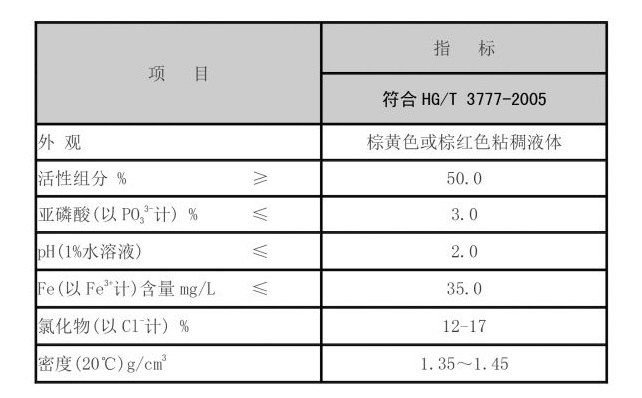Exploring the Properties and Applications of Polyacrylamide in Various Industries
Understanding Polyacrylamide Properties, Applications, and Environmental Concerns
Polyacrylamide (PAM) is a synthetic polymer widely utilized in various industries due to its unique properties. Composed of acrylamide monomers linked together to form long-chain molecules, polyacrylamide is available in several forms, including non-ionic, anionic, and cationic variants, allowing it to cater to diverse applications across different fields.
Properties of Polyacrylamide
One of the key attributes of polyacrylamide is its high molecular weight, which imparts excellent viscosity and gel-forming capabilities. When dissolved in water, it swells and forms a gel-like structure that can retain large amounts of water, making it an excellent choice for moisture retention in agricultural applications. The molecular structure can be manipulated to create tailored properties, such as increased solubility or enhanced strength, according to specific industrial needs.
Polyacrylamide also exhibits significant flocculating properties, making it effective for clarifying water by aggregating fines and suspended particles. This characteristic has made it indispensable in wastewater treatment processes and in the mining industry where it is employed to separate valuable minerals from ore.
Applications of Polyacrylamide
In agriculture, polyacrylamide is commonly used as a soil conditioner to reduce erosion and improve water retention in arid regions. When incorporated into soil, it enhances the soil's ability to hold water, which can lead to improved crop yields, especially in drought-prone areas. Moreover, its application in irrigation systems helps in controlling water runoff and promoting efficient water use.
In the field of environmental science, PAM is extensively applied in wastewater treatment to clarify and clean effluents before they are released into the environment. Its flocculation properties enable the removal of suspended solids and pollutants, thus improving water quality and preventing contamination of natural water bodies.
polyacrylamide p3

Polyacrylamide is also widely used in oil recovery processes. By injecting PAM into reservoirs, oil extraction efficiency can be significantly improved as it helps to increase the viscosity of water, making it easier to displace oil from the rock formations.
Medical and Cosmetic Uses
Beyond industrial applications, polyacrylamide has found its way into medical and cosmetic fields. In cosmetics, polyacrylamide gels are utilized in formulations for their thickening properties. Additionally, biocompatible gels made from PAM are used in drug delivery systems and tissue engineering, demonstrating the versatility of this polymer.
Environmental Concerns and Safety
Despite its numerous beneficial applications, there are environmental concerns associated with polyacrylamide usage. The polymer is derived from acrylamide, a compound considered toxic and potentially carcinogenic, raising apprehensions regarding its impact on human health and the environment. Therefore, careful consideration must be given to the concentration and manner of application, particularly in agricultural practices.
Moreover, the degradation of polyacrylamide in certain environments can generate acrylamide, leading to contamination and possible health hazards. Researchers are actively exploring safer alternatives and biodegradable formulations to minimize environmental impact and promote sustainability in its applications.
Conclusion
Polyacrylamide stands out as a valuable polymer with a wide array of applications across different sectors, from agriculture and water treatment to cosmetics and medical fields. However, the concerns regarding its safety and environmental impact require ongoing research and responsible management. Balancing the benefits and risks associated with polyacrylamide will be essential for its sustainable use in the future. As industries strive for greener solutions, innovations in polymer technology may pave the way for the development of safer and more environmentally friendly alternatives to traditional polyacrylamide formulations.
-
Water Treatment with Flocculant Water TreatmentNewsJun.12,2025
-
Polymaleic AnhydrideNewsJun.12,2025
-
Polyaspartic AcidNewsJun.12,2025
-
Enhance Industrial Processes with IsothiazolinonesNewsJun.12,2025
-
Enhance Industrial Processes with PBTCA SolutionsNewsJun.12,2025
-
Dodecyldimethylbenzylammonium Chloride SolutionsNewsJun.12,2025





